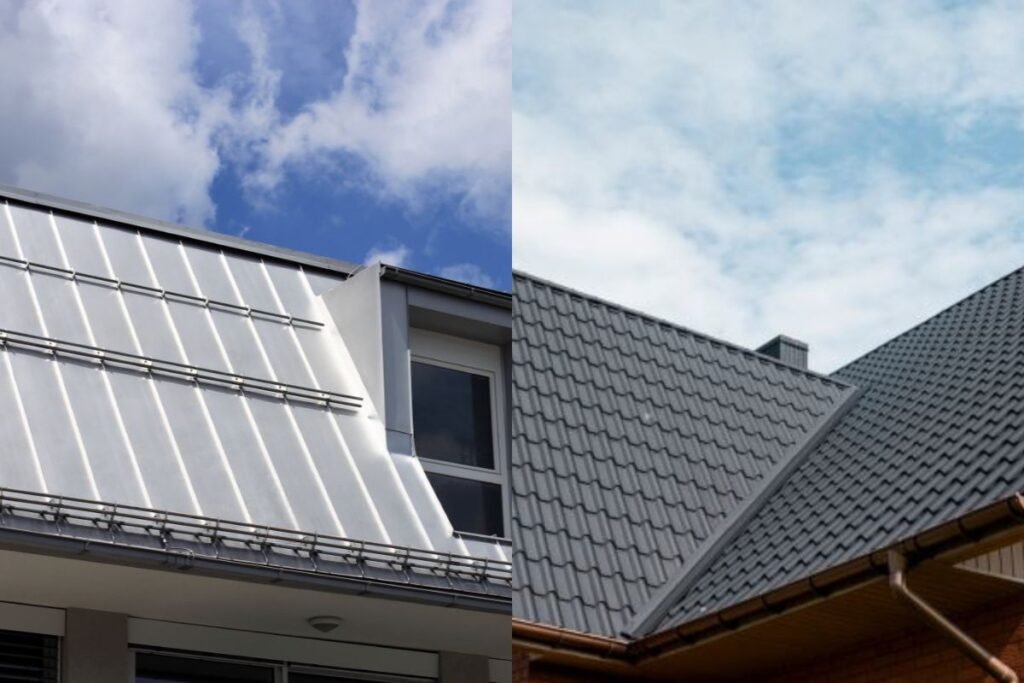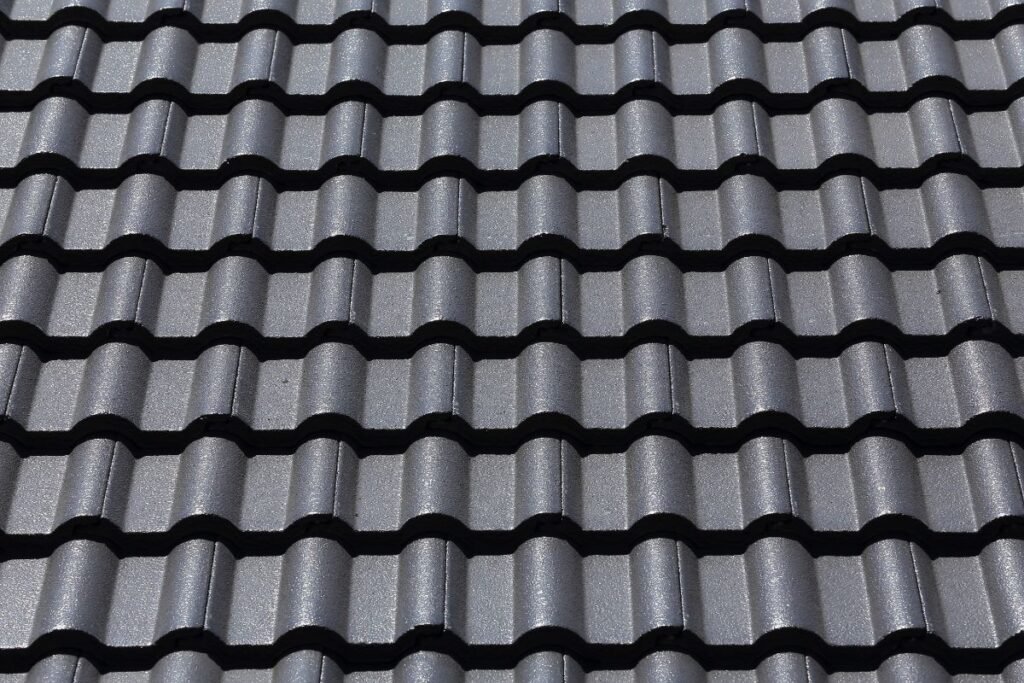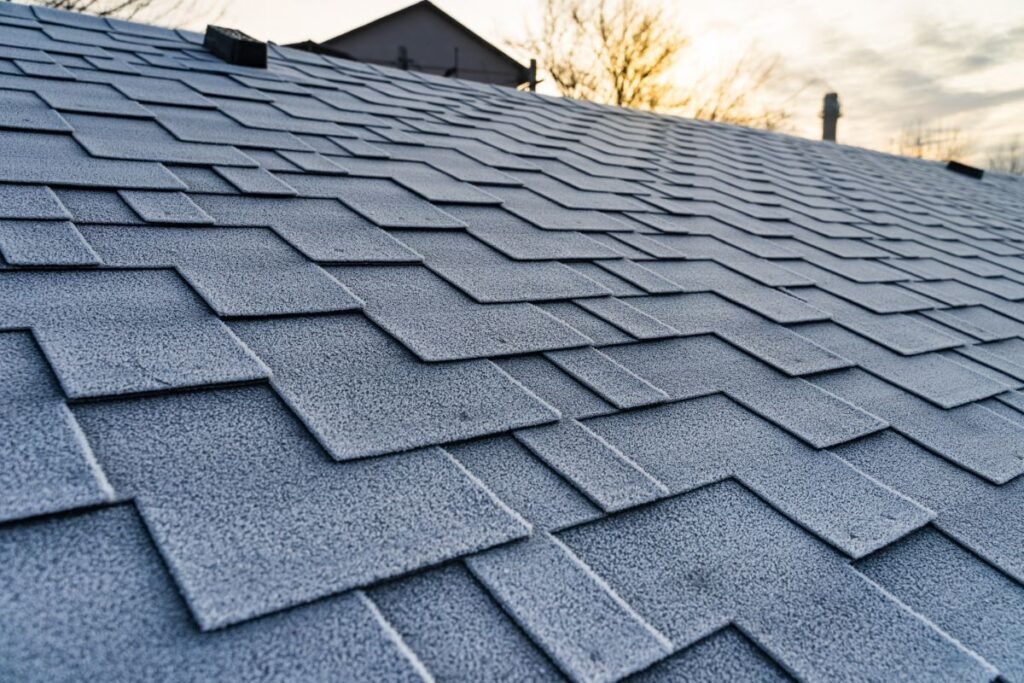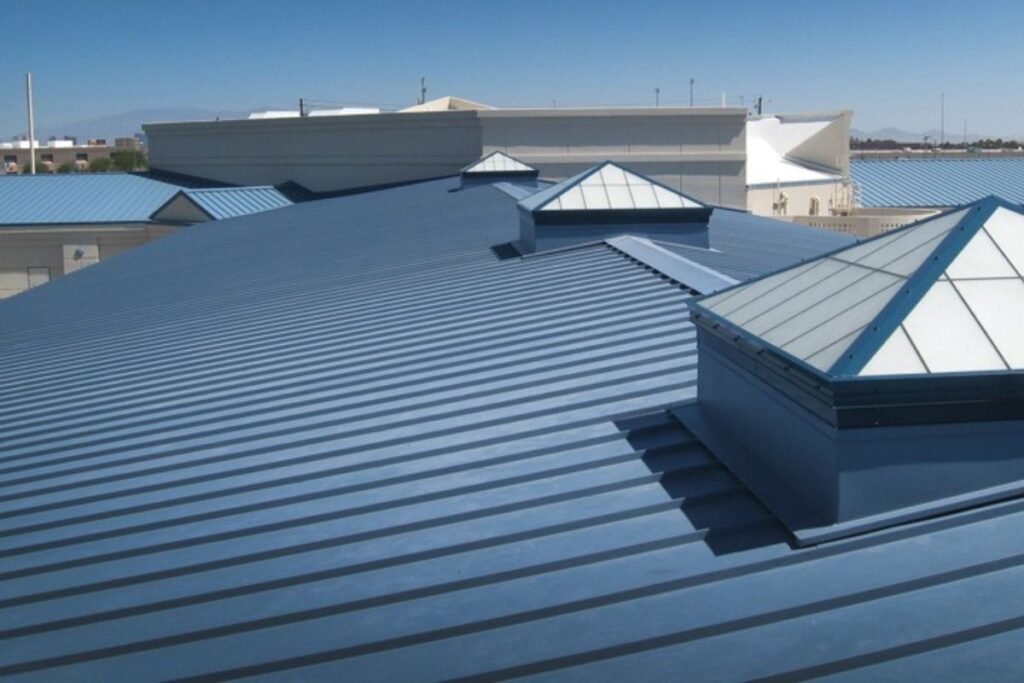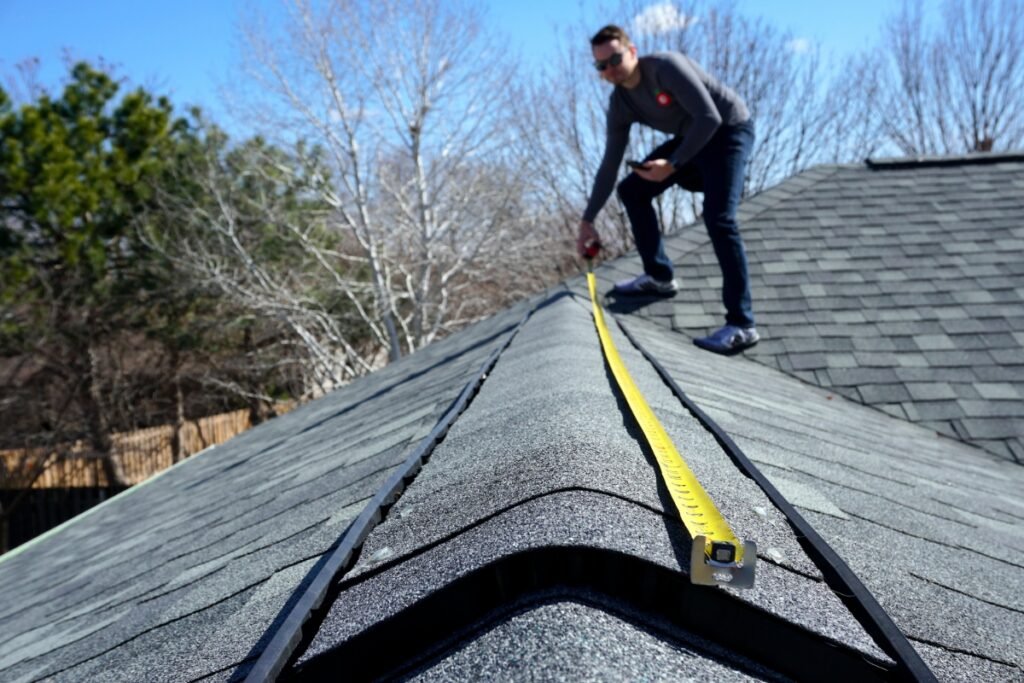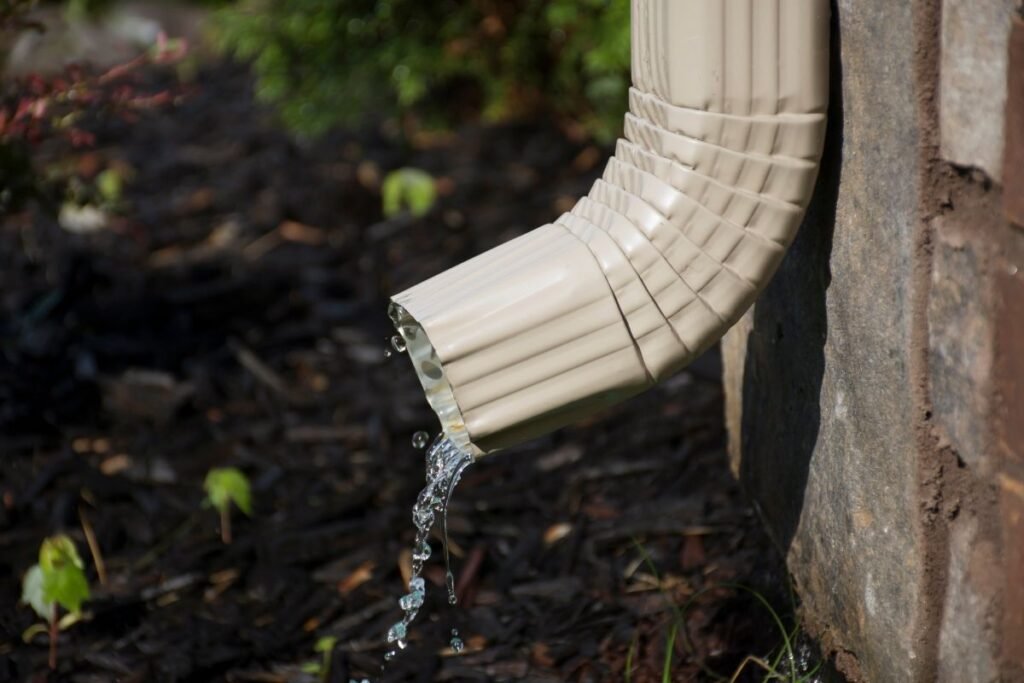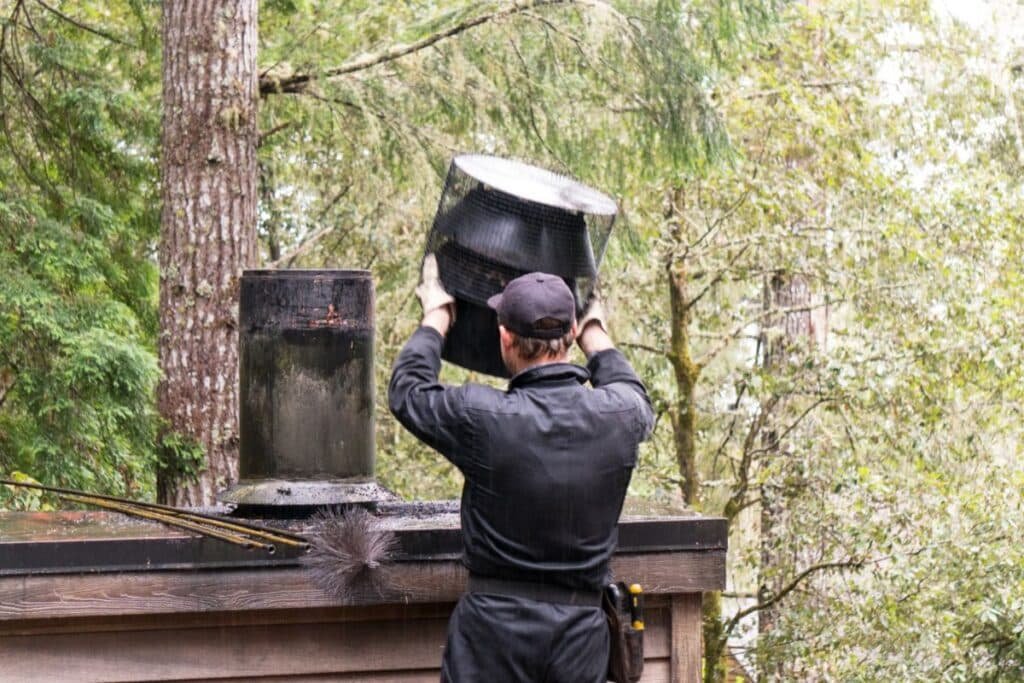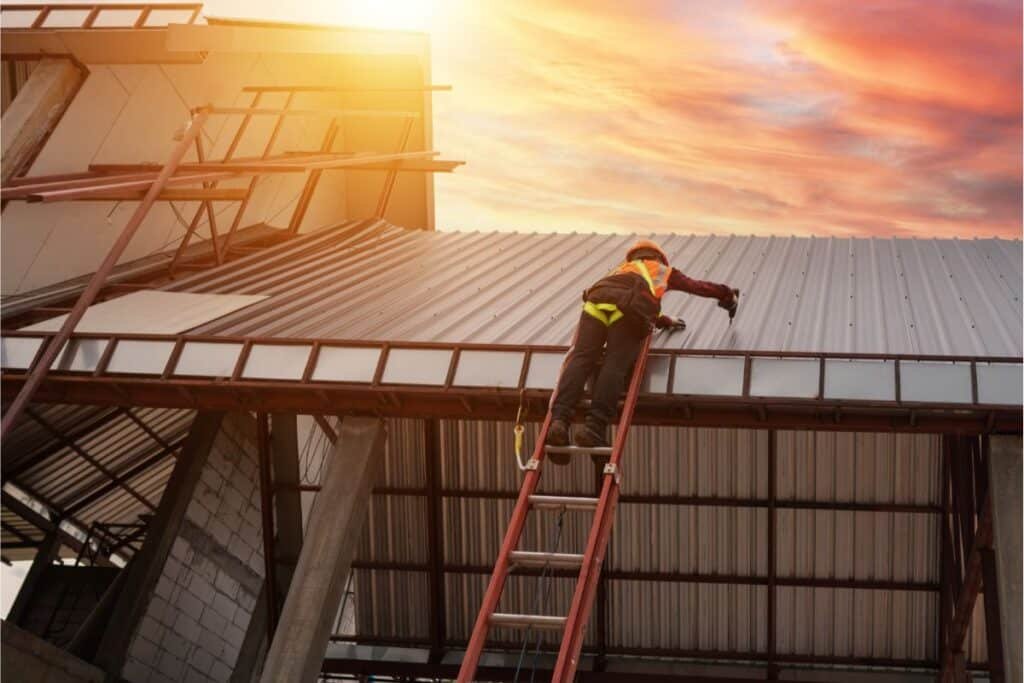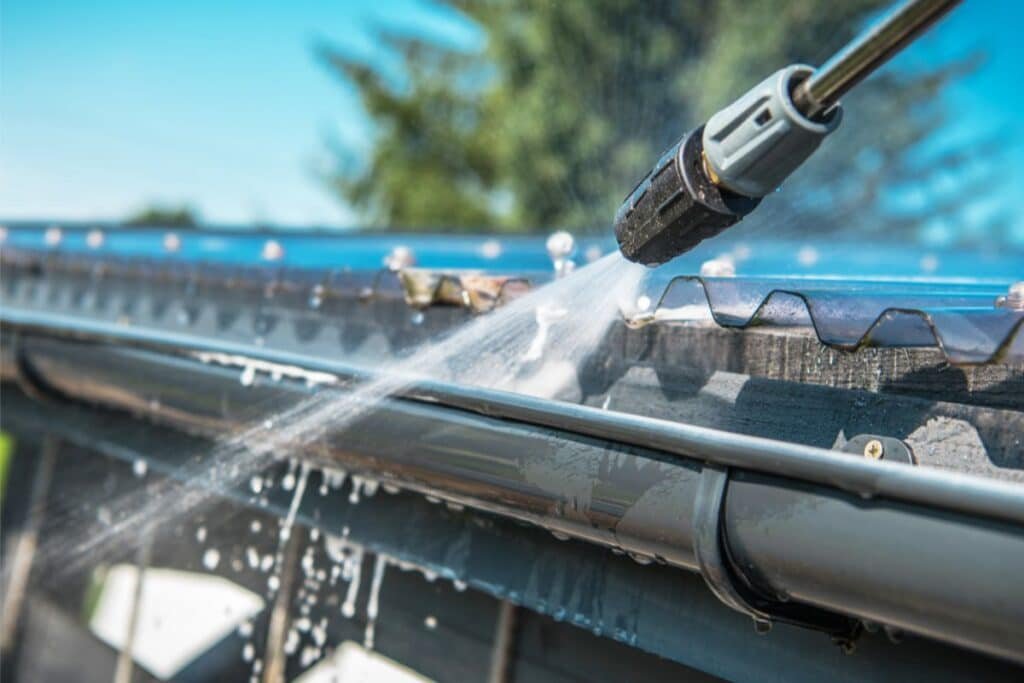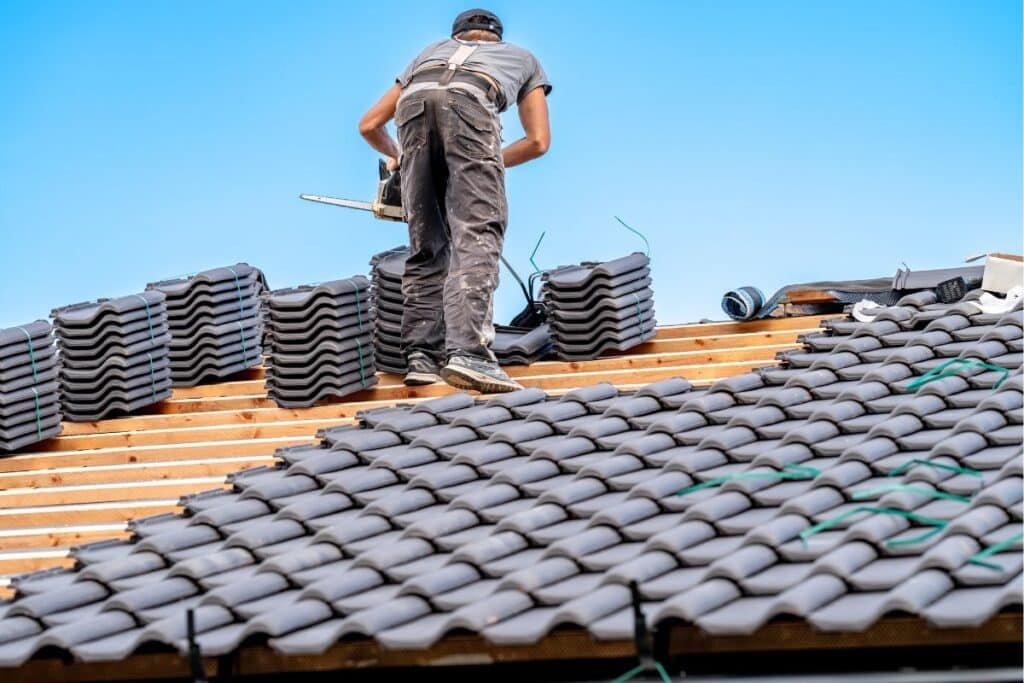Choosing between a standing seam vs corrugated metal roof can be tricky because each has its own strengths. Standing seam metal roofing is sleek and modern. It offers great protection against weather and requires little maintenance. It is a solid, long-lasting choice for those who want a roof that can handle tough conditions. On the other hand, corrugated metal roofing is more traditional and budget-friendly.
It is easy to install, has a classic look and is still quite durable. In this post, we will break down the types of each of these two roofing and the pros and cons of both options to help you decide which roof is the best fit for your home or business.
Standing Seam vs Corrugated Metal Roof: What Are The Different Between?
When choosing a metal roof for your home or commercial building, understanding the differences between standing seam and corrugated metal roofing is crucial. Both offer durability and longevity, but they differ in style, installation, cost, and maintenance. This guide breaks down the key distinctions, helping you make an informed decision based on your specific needs and aesthetic preferences. Discover which roofing type best suits your project and explore the pros and cons of each option.
Standing Seam Metal Roofing: Pros and Cons
Standing seam metal roofing is known for its sleek and modern look. This type of roofing features long, vertical panels connected by raised seams, which gives it a distinct appearance. The raised seams make standing seam roofs particularly effective at shedding water and snow. It also has some advantages and disadvantages.
Pros of Standing Seam Metal Roofing:
-
- Longevity and Durability: Standing seam metal roofs are known for their long lifespan. Their durability depends on the material used, but they usually last between 40 and 70 years. The raised seams help protect the fasteners from weather exposure. It minimizes the risk of leaks and corrosion.
-
- Superior Weather Protection: Standing seam metal roofing is particularly effective in harsh areas. The raised seams allow the roof to efficiently shed water, snow, and ice, providing excellent protection in extreme conditions.
-
- Minimal Maintenance: Thanks to their sturdy design and high-quality materials. Standing seam roofs require very little upkeep. Despite the higher initial investment, this makes them a cost-effective option over time.
-
- Modern Aesthetic: Standing seam metal roofing offers a sleek, contemporary appearance that improves the look of modern architectural styles. This aesthetic appeal is one reason for its popularity. It is the first choice for new constructions and renovations alike.
-
- Energy Efficiency: Metal roofs, including standing seam varieties, reflect solar heat, which can significantly reduce cooling costs in warmer climates. This energy efficiency is a crucial selling point for environmentally conscious homeowners.
Cons of Standing Seam Metal Roofing:
-
- Higher Upfront Cost: One of the main drawbacks of standing seam metal roofing is its cost. It is more expensive than other options, such as corrugated metal roofing, which is a consideration for those on a tighter budget.
-
- Complex Installation: Installing a standing seam metal roof requires specialized skills and tools. This is why the installation process is more complicated and potentially more costly. Improper installation can also lead to performance issues, so it’s crucial to hire experienced professionals.
-
- Limited Color Choices: While standing seam roofs are available in various colors, the range is often more limited than other roofing materials. This might restrict design options for homeowners seeking specific aesthetics.
Corrugated Metal Roofing: Pros and Cons
On the other hand, Corrugated metal roofing is a classic choice that has been used for over a century. This type of roofing is characterized by its wavy pattern, which not only adds a unique visual element but also provides additional strength and durability. Corrugated metal roofs are commonly made from galvanized steel. It is coated with a layer of zinc to prevent rust and corrosion. Pros and Cons of this roofing is given below:
Pros of Corrugated Metal Roofing:
-
- Cost-Effective: Corrugated metal roofing is one of the most affordable metal roofing options. It is accessible to a wide range of budgets, and this affordability doesn’t compromise durability.
-
- Ease of Installation: Metal corrugated roofing is generally easier to install than standing seam roofs. This can lower labor costs, and in some cases, corrugated panels can be installed over existing roofing. Overall, it saves time and money.
-
- Traditional Aesthetic: Corrugated metal roofing’s wavy, industrial look adds a classic touch to buildings. This style has stood the test of time and appeals to both residential and commercial properties.
-
- Lightweight Structure: Corrugated metal panels are lightweight, which reduces the load on the building’s structure. This also makes them easier to work with and install.
-
- Durability with Galvanization: Corrugated metal roofing is durable. It offers excellent resistance to rust and corrosion, ensuring a long-lasting roofing solution.
Cons of Corrugated Metal Roofing:
-
- Lower Weather Resistance: Corrugated metal roofs are less effective at shedding water and snow than standing seam roofs. The exposed fasteners can also be prone to leaks over time, so they require more attention.
-
- More Frequent Maintenance: Corrugated metal roofing may require periodic maintenance due to the exposed fasteners. Fasteners can loosen or corrode over time, necessitating regular checks and possible repairs.
-
- Potential Noise Issues: Corrugated metal roofing can be noisier during rain or hailstorms, which might concern some homeowners. Insulation can help mitigate this issue.
-
- Shorter Lifespan: Although corrugated metal roofs are durable, they generally have a shorter lifespan than standing seam roofs. This is especially important in areas with harsh weather.

Types of Standing Seam Roofing
Standing seam roofing offers several options to meet different requirements. Each type is designed to provide durability and aesthetic appeal while addressing specific roofing needs, from easy-to-install snap-lock panels to more traditional batten panels. Their types are :
-
- Snap-Lock: Snap-lock standing seam panels are designed with a male and female leg that snap together. They are easy to install and provide a clean, modern look with secure seams.
-
- Mechanical Lock (Single and Double): Mechanical lock panels require a seaming tool to crimp them together. Single-lock systems are suitable for less severe weather conditions, while double-lock systems offer more strength and weather resistance and are ideal for areas with harsh climates.
-
- Batten Panel: Batten panel systems use a separate cap or batten to cover the seams, creating a raised rib effect. This type is often used for more traditional or historical buildings, providing a distinctive look.
-
- Nail Flange: Nail flange panels have a built-in flange that allows them to be fastened directly to the roof deck. They are similar to snap-lock panels but are often used in residential applications due to their ease of installation.
-
- Continuous Seam: Continuous seam panels run the entire length of the roof from the eave to the ridge without any horizontal seams. It provides superior weather protection and a sleek, uninterrupted look.

Types of Corrugated Metal Roofing
Corrugated metal roofing comes in a variety of materials, each with its own benefits. There’s a type of corrugated roofing to suit your budget and style. Their Types are:
-
- Galvanized Steel: This is one of the most common types of corrugated metal roofing. It is coated with a layer of zinc, which helps prevent rust and corrosion. It is a durable option for many environments.
-
- Galvalume Steel: Similar to galvanized steel, galvalume is coated with an alloy of zinc, aluminum, and silicon. This combination provides enhanced protection against corrosion and a longer lifespan.
-
- Aluminum: Lightweight and corrosion-resistant, aluminum corrugated roofing is ideal for coastal areas where saltwater can damage other metals. It is also easy to work with.
-
- Copper: Copper is known for its distinctive appearance and long lifespan. Copper corrugated roofing develops a patina over time that may attract many people. It’s more expensive but offers a unique, long-lasting look.
-
- Stainless Steel: This type of corrugated roofing is incredibly durable and resistant to rust. It is an excellent option for harsh climates. However, it is also one of the more expensive options.
Conclusion
In the debate of standing seam vs corrugated metal roof, the best choice ultimately depends on your needs and preferences. Standing seam roofs offer a modern look, exceptional durability and low maintenance, making them ideal for those who want a long-lasting investment. On the other hand, corrugated metal roofs provide a more affordable option with a classic appearance, though they may require more frequent upkeep.
Both options have their unique benefits, so consider factors like your budget, the climate in your area and the overall look you want for your property. By weighing these aspects, you can confidently choose the roofing material that will best protect and enhance your home or business.

